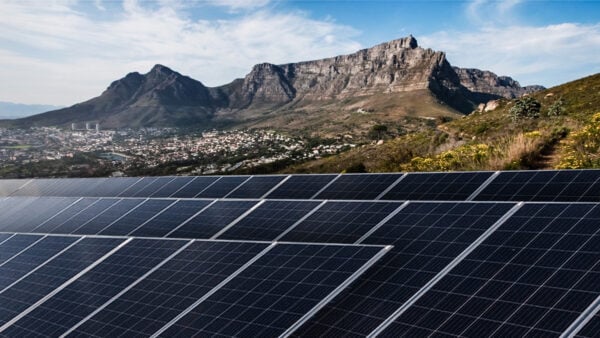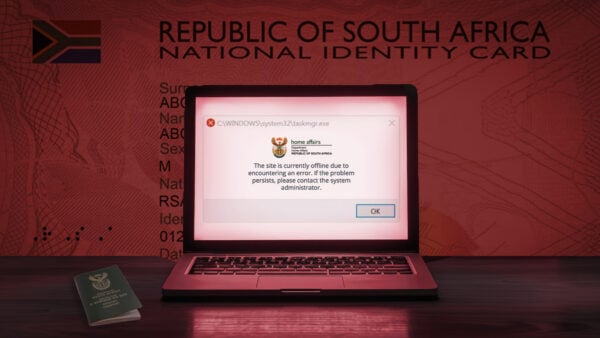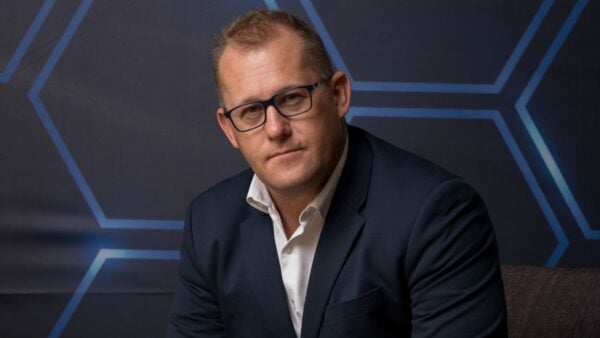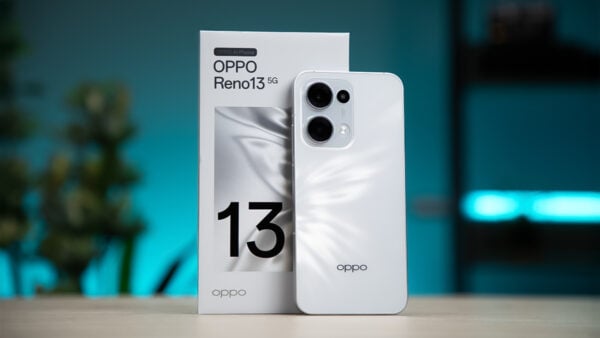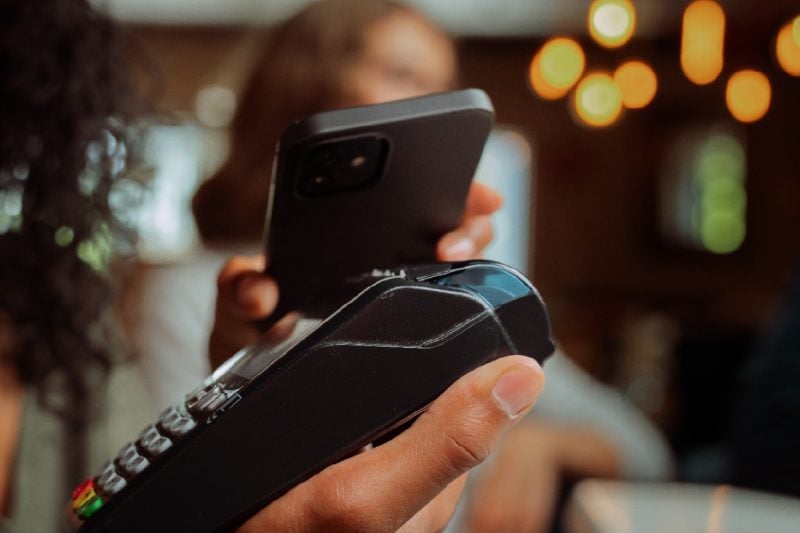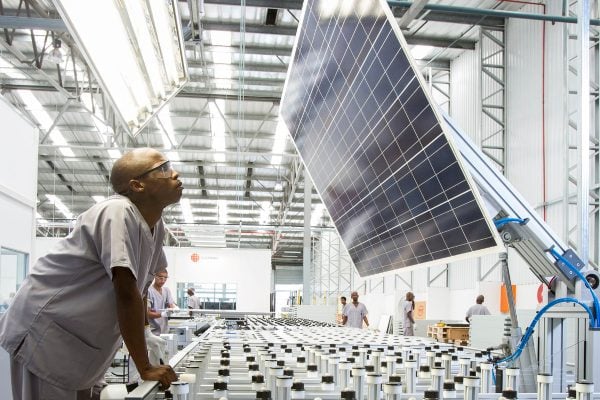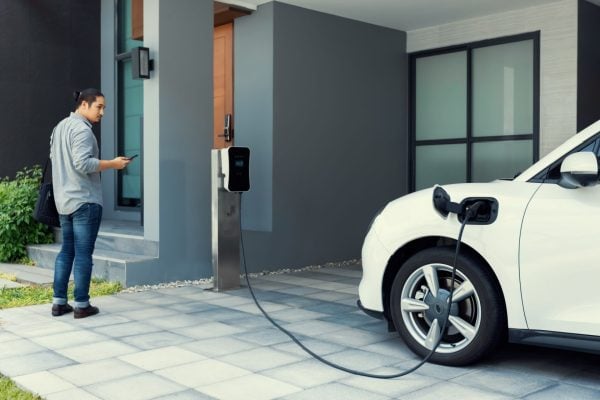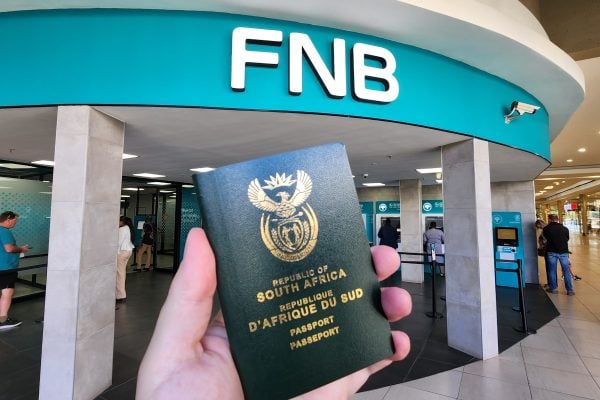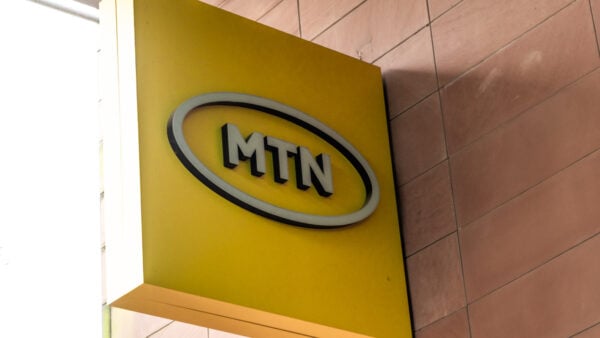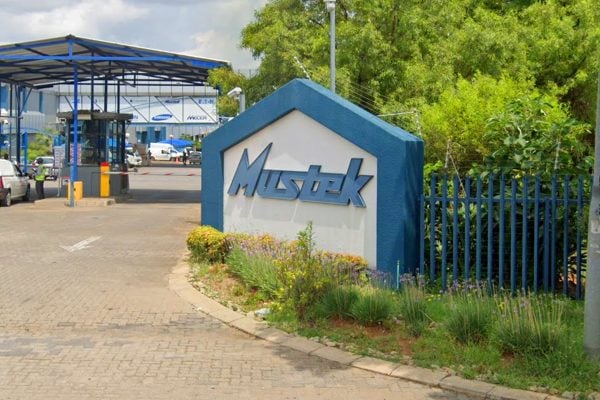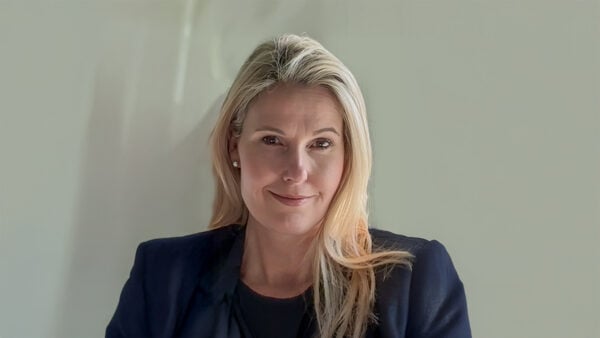South Africa’s second-best mobile network doesn’t have any towers
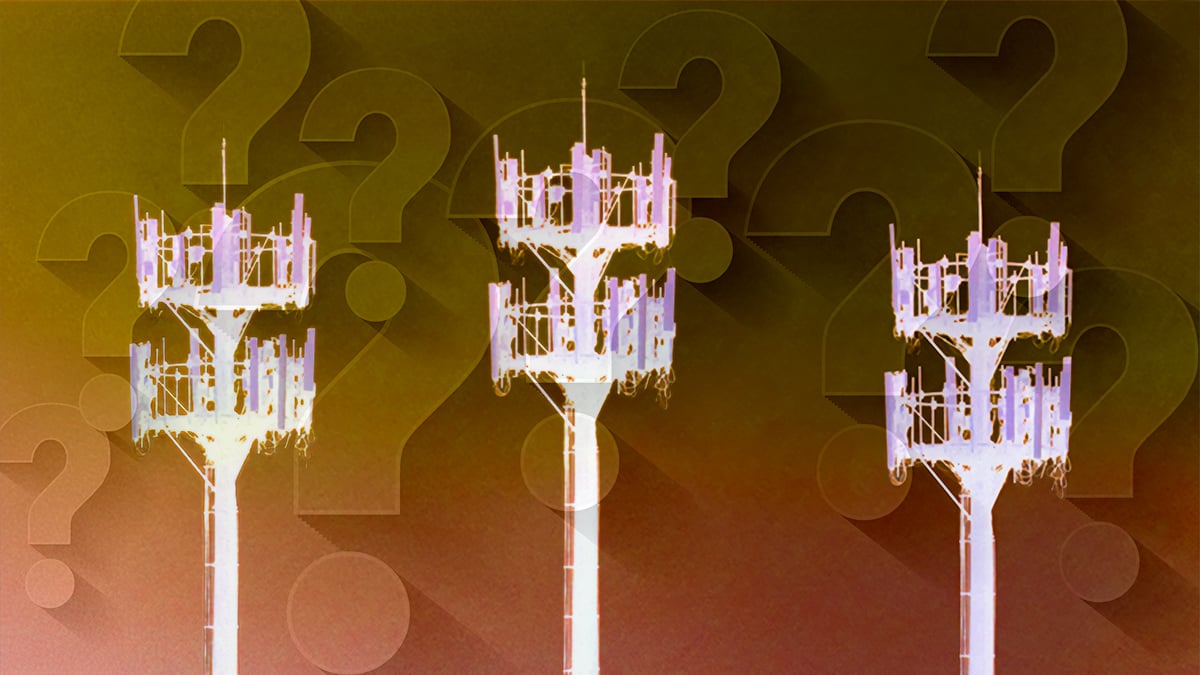
MyBroadband Insights released its Mobile Network Quality Report for the first quarter of 2025, with Cell C ranking in second place behind MTN.
Besides overtaking Vodacom in network quality, what is most interesting about these results is that Cell C no longer owns any radio access network infrastructure.
To better understand how the network operator has achieved this, MyBroadband interviewed Cell C CTO Schalk Visser.
Visser explained that mobile operators spend billions on infrastructure every year, which Cell C struggled to keep up with.
For instance, Vodacom has consistently spent over R11 billion on capital expenditure per year since 2022.
MTN has invested similar figures into infrastructure but recently cut back on capital expenditure, bringing it down to under R7 billion for the current financial year.
“Cell C just didn’t have the pockets to do that, meaning that we were always behind when it came to investment,” Visser said.
“We calculated that if MTN and Vodacom stopped building, we would have to spend R40 billion just to catch up with them.”
To mitigate this imbalance, Visser says Cell C adopted an infrastructure-light strategy, which involved shutting down its entire physical radio access network.
He says this began with an MTN roaming partnership in 2019, eventually allowing Cell C to only require its physical radio access network in metros, with a roaming arrangement in rural areas.
By entering into this agreement, Cell C’s customers would use its network when in range and then roam on MTN’s network in certain areas.
This is similar to how international roaming agreements work, where a local network operator enters an agreement with a foreign operator to provide its customers coverage in the foreign country.
“We’re a buyer of capacity,” Visser said.
However, Cell C’s Vodacom partnership involves Multi-Operator Core Network (MOCN) roaming, which allows multiple core networks to share the same radio access network.
This lets them coordinate with each other regarding interference, backhaul, traffic prioritisation, individual user authentication, and quality of service parameters.
Five times the number of towers
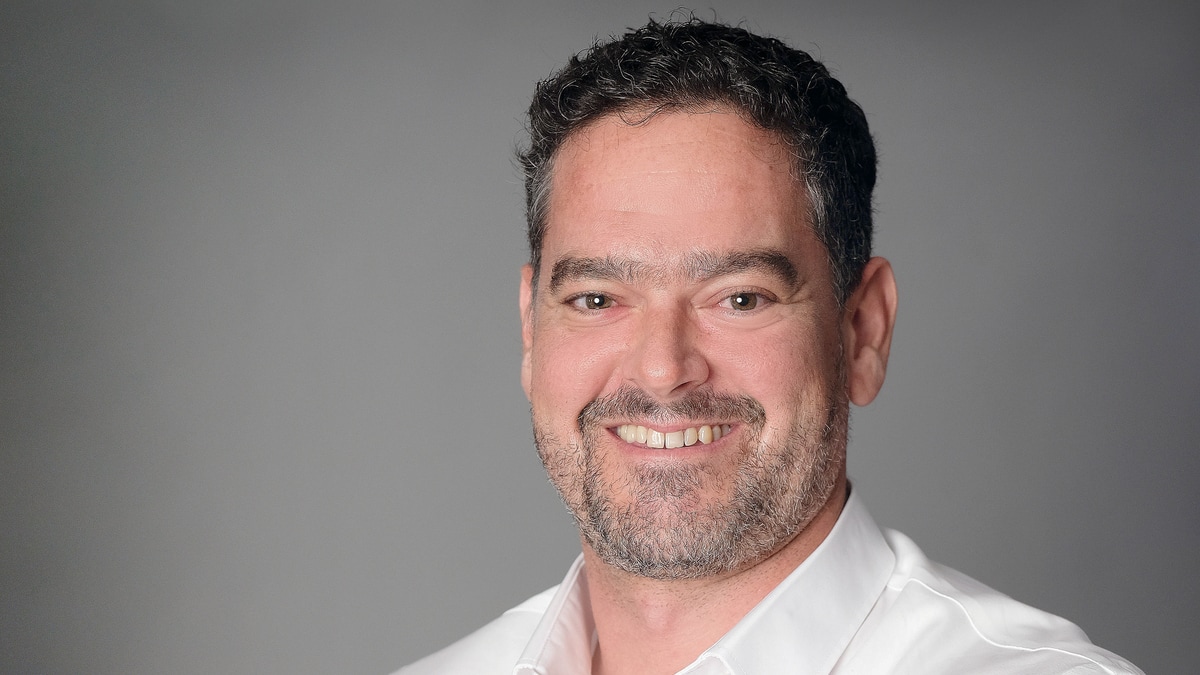
Visser said that by June 2023, Cell C had switched off its entire physical radio access network, consisting of 5,503 cellphone towers.
“We’ve moved to a virtualised radio access network hosted by MTN on their physical radio access infrastructure,” Visser added.
“We have also just completed the activation of the Vodacom virtual radio access network, which is now live nationwide, but we are yet to shift customers across to it.”
These roaming partnerships with Vodacom and MTN allow Cell C to use 29,500 cellphone towers nationwide, more than five times the number it had before adopting an infrastructure-light strategy.
Of these sites, Visser says that 6,500 are 5G enabled.
He explained that the MTN roaming agreement has a 2G, 3G, 4G, and 5G layer, whereas the Vodacom one only has a 4G and 5G layer.
“We didn’t deploy a 2G and 3G layer on the Vodacom side because of the complexity of having two MOCN networks with 3G, 4G, and 5G,” Visser said.
“If we’ve got a voice-over-LTE (VoLTE) capable device, it will be pushed to the Vodacom network, whereas we’ll carry the traditional technologies like 2G and 3G on the MTN network.”
VoLTE technology allows LTE/4G networks to carry voice calls. Since LTE is essentially an Internet-only technology, it doesn’t support traditional cellular voice calls.
Visser explained that incorporating VoLTE support into its virtual access network has been a significant hurdle. Another has been developing the technology to allow SIM cards to switch between MOCN networks.
“The second tricky part is to make sure that these devices stay on the network you wanted,” he said.
“You think it works for one device, and then you put the SIM in another and it behaves completely differently.”
However, Visser said he and his team are just about there after months of testing.
According to Visser, although Cell C has not been able to compete on the infrastructure front, competing at the service level is extremely beneficial for the industry.
“It’s just not possible for five mobile operators to spend R10 billion a year on capital expenditure in a country the size of South Africa,” he said.
“So it’s good that our partner networks keep investing while we compete on the services front to put the best quality and price in the hands of the customer.”


